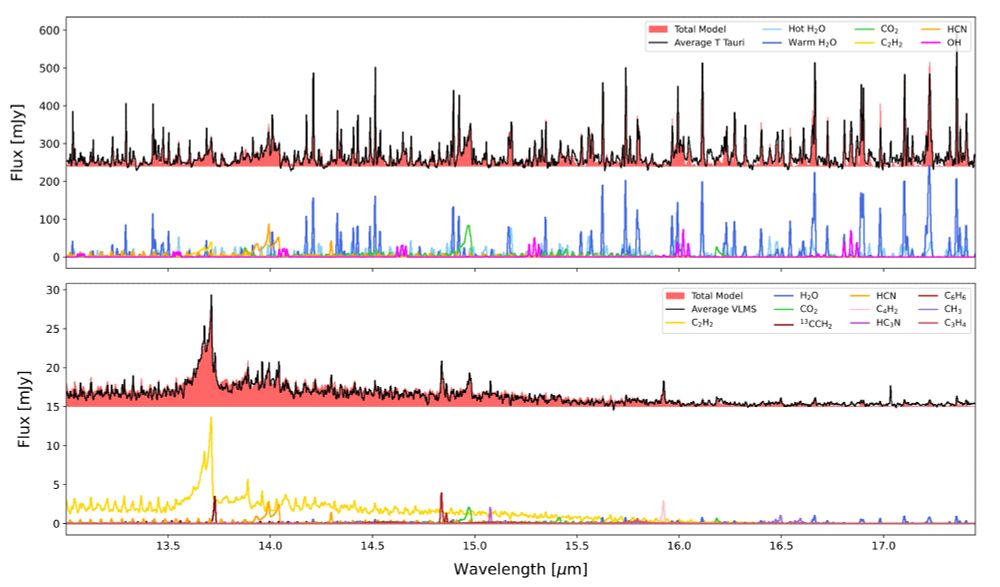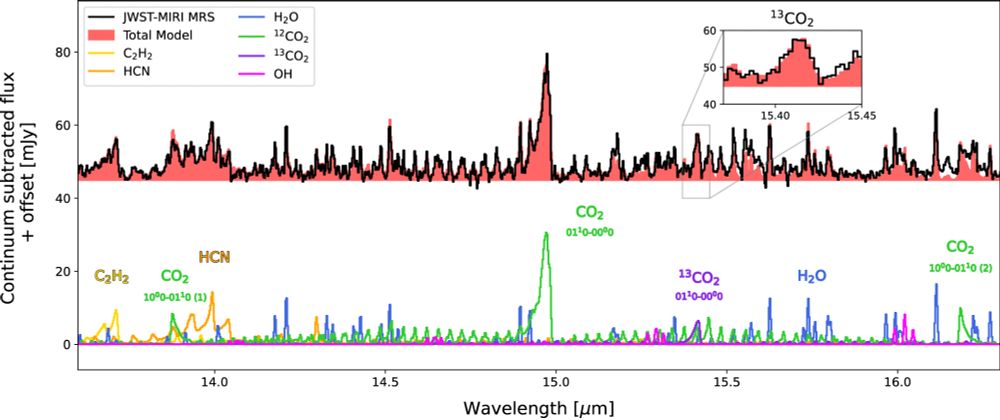Website: andrewsellek.com

arxiv.org/pdf/2508.04692


arxiv.org/pdf/2508.04692
arxiv.org/pdf/2508.02576


arxiv.org/pdf/2508.02576
doi.org/10.33232/001...

They’d often go from drawing an Einstein-esque mad scientist, to someone who looked at lot like themselves (or perhaps one of us) 😊
#AcademicChatter
They’d often go from drawing an Einstein-esque mad scientist, to someone who looked at lot like themselves (or perhaps one of us) 😊
#AcademicChatter





